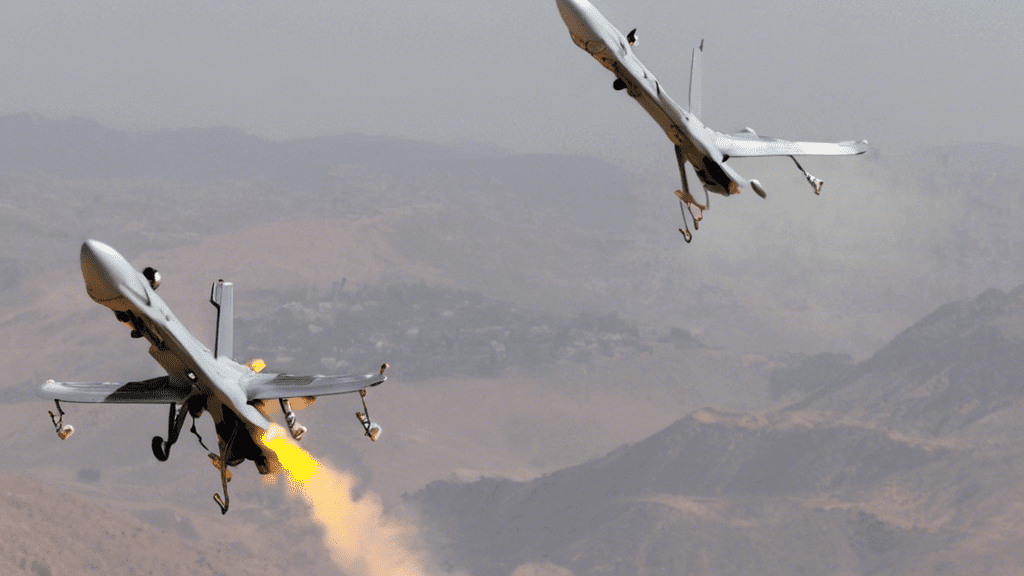Hezbollah’s Increasing Aggression
In recent times, drone attacks have become a prominent feature of the ongoing tension between Hezbollah and Israel. Hezbollah, a key player in the region, has stepped up its game by launching explosive-laden drones towards military targets in Tel Aviv. This aggressive move not only resulted in injuries but also intensified the already high stakes in an area that seems to be on the brink of more conflict. The strikes are reflective of the widened scope of hostilities in the region and serve as a constant reminder that tensions can escalate at a moment’s notice.
The frequency and scale of these attacks are alarming. Reports have indicated that Hezbollah has conducted at least 24 drone attacks since the onset of the latest escalation, systematically targeting Israeli military infrastructure along the Lebanon-Israel border. This uptick in violence shows a clear pattern; Hezbollah appears determined to assert its military capabilities and retaliate against what it perceives as threats from Israel. Each attack adds to the cycle of retaliation, making it a challenging situation for both sides involved.
The Iranian Influence and Regional Fallout
The situation is further complicated by the involvement of Iranian-backed militias, particularly those from Iraq. The Islamic Resistance in Iraq has claimed responsibility for multiple drone strikes aimed at Israel, extending the conflict beyond just Hezbollah. Notably, these militias have launched over 55 attacks since late October, targeting key areas including northern Israel. This connection underscores Iran’s growing influence in the region, as it actively supports and coordinates with various militant groups to challenge Israeli interests.
Israel has not remained silent in the face of this aggression. The Israeli Defense Forces (IDF) have responded with air strikes on numerous Hezbollah targets across Lebanon, ranging from weapons depots to military infrastructure. These actions indicate a significant escalation, as Israel takes eye-for-eye measures to ensure its security. Moreover, the IDF’s success in intercepting approximately 90% of the drones launched since October 31 is a testament to their military readiness. However, this does not negate the ongoing threat that these drone attacks pose.
A critical aspect of this conflict is the apparent collaboration between various Iranian-backed forces, who seem to be gearing up for coordinated attacks against Israel. Reports suggest that the Iranian Revolutionary Guard Corps (IRGC) is actively supplying these militiamen with advanced arms, including ballistic missiles and drones, which raises alarm bells among both Israeli and American officials. As these groups strategize new methods to target Israeli interests, the potential for wider regional conflicts increases.
Additionally, the escalating tensions have international implications, especially for U.S. interests in the Middle East. The Iranian-backed group, Harakat Hezbollah al Nujaba, has openly threatened to strike U.S. bases in Iraq and Syria in retaliation for perceived Israeli aggression. This cycle of threats and military actions creates a dangerous environment, where miscalculations could lead to even greater conflicts. With high-stakes diplomacy intertwined with military strategy, finding a resolution in this complex web of alliances and enmities remains a formidable challenge.
